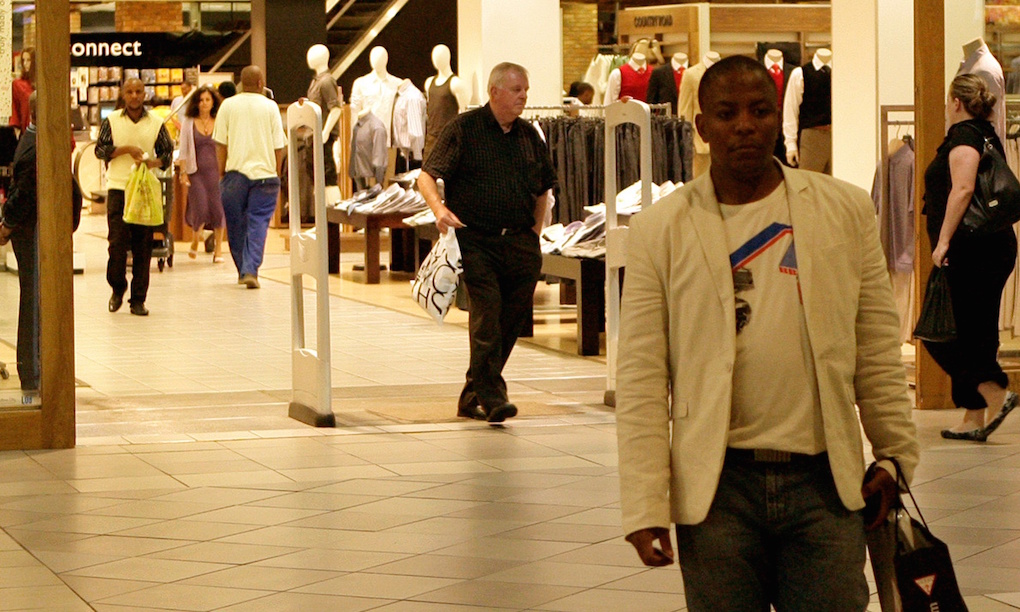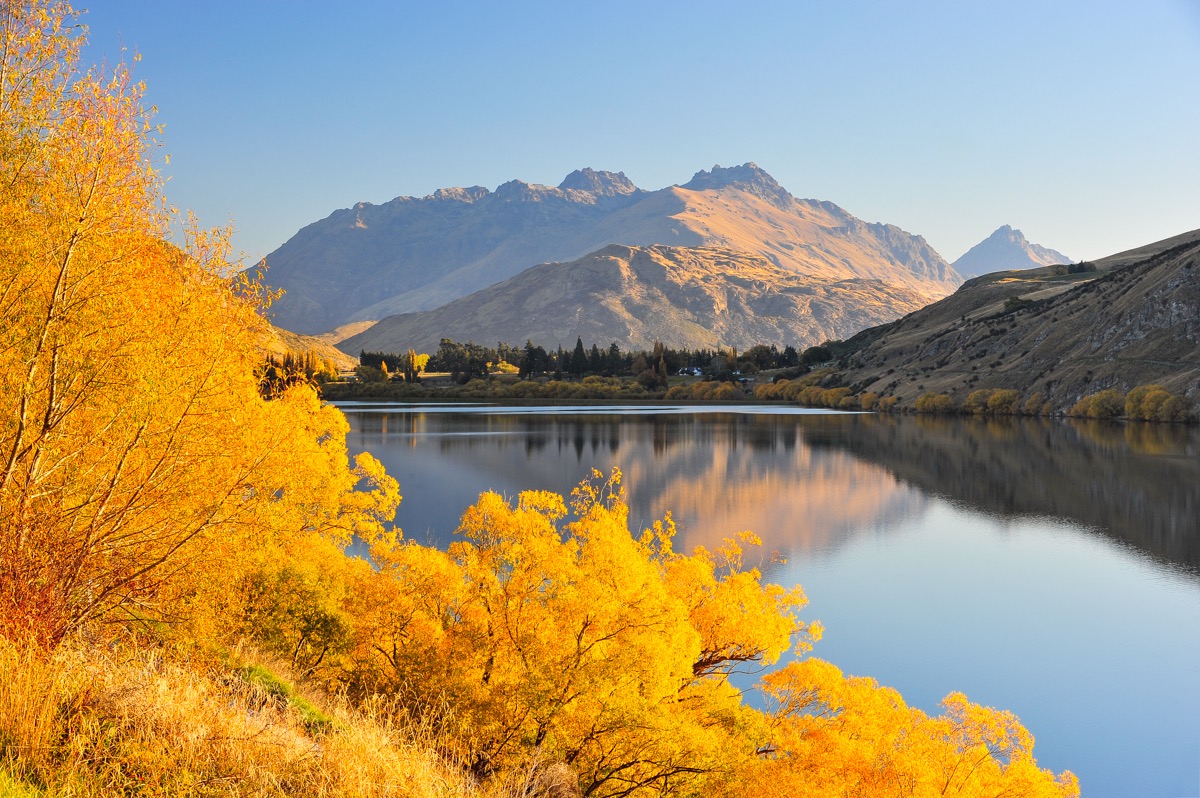New apps make it easier than ever for stores to target and share information about often-innocent African American shoppers, even as real thieves get away.

Targeting people of color as potential thieves is as old as American commerce itself. You can even probably rattle off the names of major retailers accused of profiling from convenience stores to high end fashion shops: CVS, Macy’s, Zara, Barney’s. They’ll take our money, but treat us like an animals while they do it.
But when I read the Washington Post headline “The secret surveillance of ‘suspicious’ blacks in one of the nation’s poshest neighbourhoods”, I was surprised. In what nation was the of anyone, never mind black people trying to shop, a secret?
The neighbourhood in question is Georgetown, the currently tony quarter that was once a slave port and, for many years after that, one of Washington, DC’s thriving black communities. Now, it’s a retail-infested tourist trap serving as playground for mostly white university students and super-rich residents. It’s also reportedly where cellphone-wielding retail workers use a secret app to pass around pictures of predominately black shoppers whom they suspect, often with no evidence, might be criminals. That is apparently shocking to many Washingtonians who aren’t used to being under the watchful gaze of authority figures.
But I’ve been on both sides of it.
From our partners:
As a kid in high school, hanging out in Georgetown was a rite of passage. You could smoke cigarettes inside the mall and its long stretches of stores gave you things to look at and a way to pass the time, even if you didn’t want to buy anything. Pool halls would let you in after school and didn’t make you leave at night if you didn’t try to sneak a beer when they weren’t watching. And, yes, like every black person I know, I was tailed by security.
Then, when I started to work at one major retailer on the strip in the late 90s at the age of 19, I learned precisely how racially profiling tactics in retail work. The methods weren’t as ubiquitous as they are today or as likely to follow you from store to store along M Street, because they were analog instead of mobile, but they were effectively the same. My employer, like many others, kept a “face wall” – pictures of shoppers detained by store security on the suspicion of illegal activity – in the workers’ lounge to alert employees of so-called suspicious shoppers. Most of these faces on the wall were black and brown; some were obviously pictures of the same people with names and appearances changed, because the higher-ups were too stupid or insensitive to see their faces past the color of their skin.
While that practice didn’t bother me then as much as it does now, what did irk me was that my employer expected us to do their prejudiced bidding for $8 an hour. But I wasn’t much older than most of the kids on the wall, and some of them I even knew. I wasn’t interested in calling the cops on some teenager over a pair of sunglasses. It would’ve been demeaning to both of us, just in different ways.
Yes, in the retail industry, stealing is a problem. But as critics of racial profiling have often pointed out, if you view everyone as suspicious instead just those with black and brown skin, you’re more likely to be successful in maintaining security. Retailers have to decide whether to just rely on ingrained racial pathologies or genuine deterrent tactics for their own protection. The current system in this country allows certain people to feel safe – and allows some thieves to operate with near impunity – by simply hewing to the former.
In the United States, the mere act of being a person of color is viewed as threatening, and thus any behaviour by that a person can be viewed as “suspicious” – so many people don’t feel guilty when they single out black folks, because they’ve been programmed to see us as automatically harmful and even criminal. And, it can be difficult for some white people to recognise that singling all black people out for negative attention is inherently prejudiced because, in this day and age, equality is often viewed as oppression of the privileged.
[infobox]One day, people of color in America might be looked at as equals by what will someday soon be this country’s white minority. Our activities and existence might one day not be regulated by coded language and lawmaking. But I don’t think I’ll be alive to see it. It’s too easy to pick out one black person in a teaming sea of white people on M Street, and we’re making it ever easier to point a digital finger at them.
This feature is written by Clinton Yates and originally appeared in The Guardian.

















